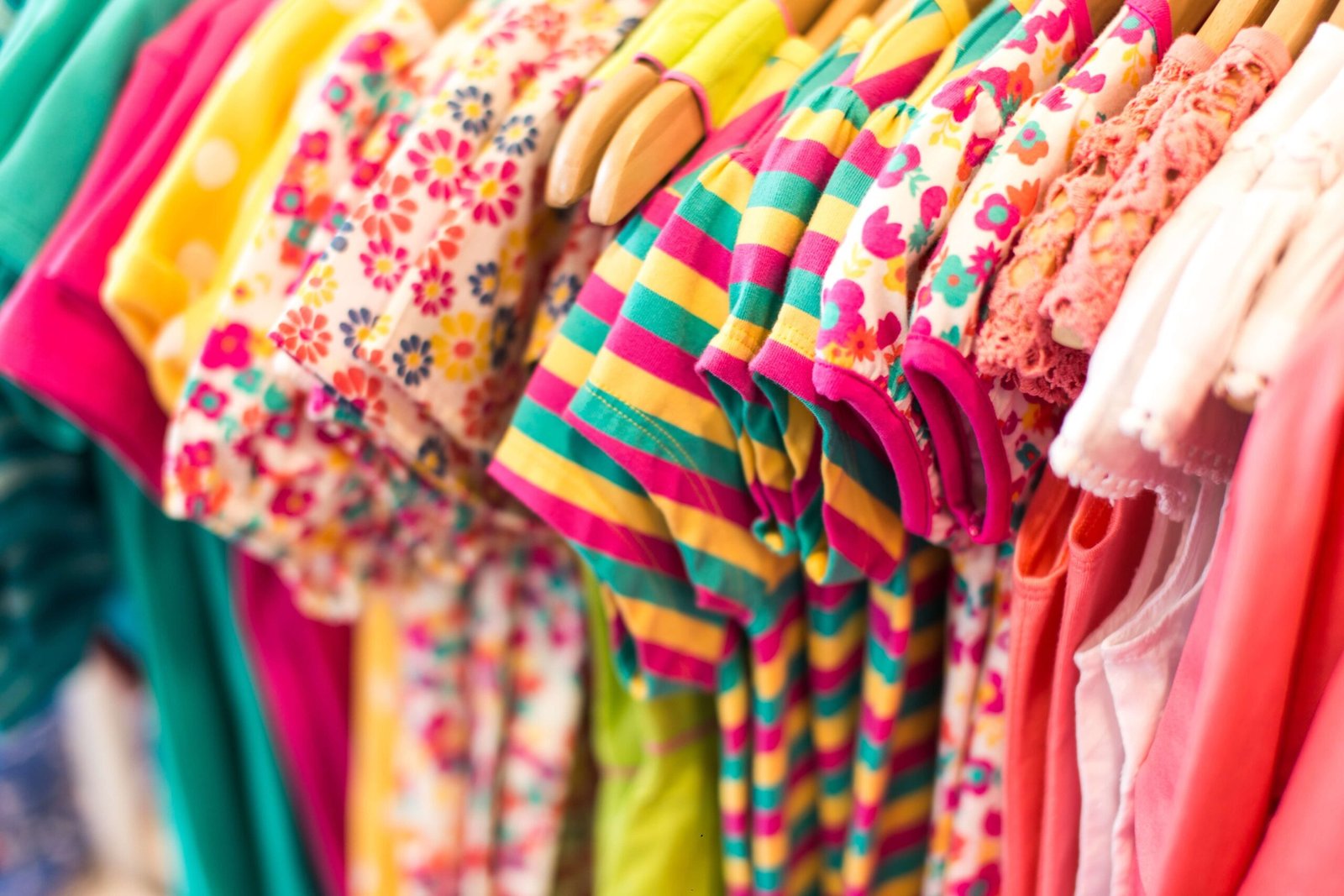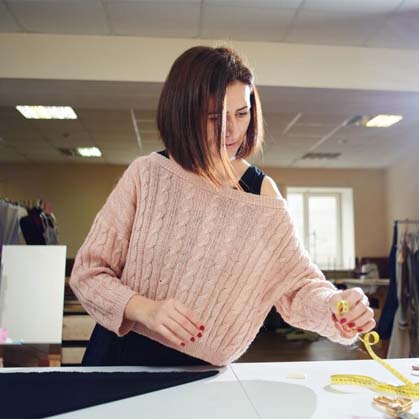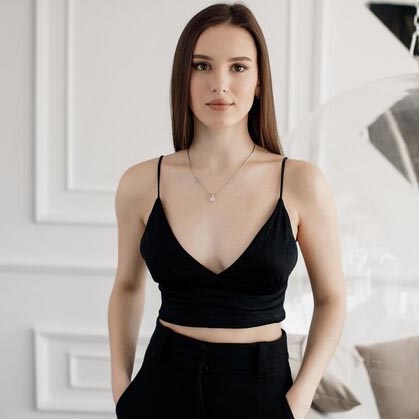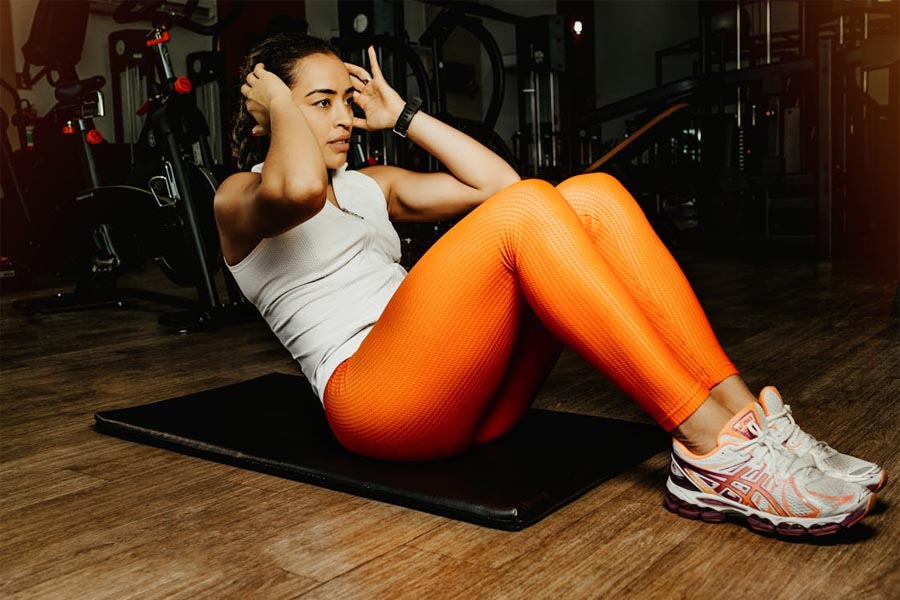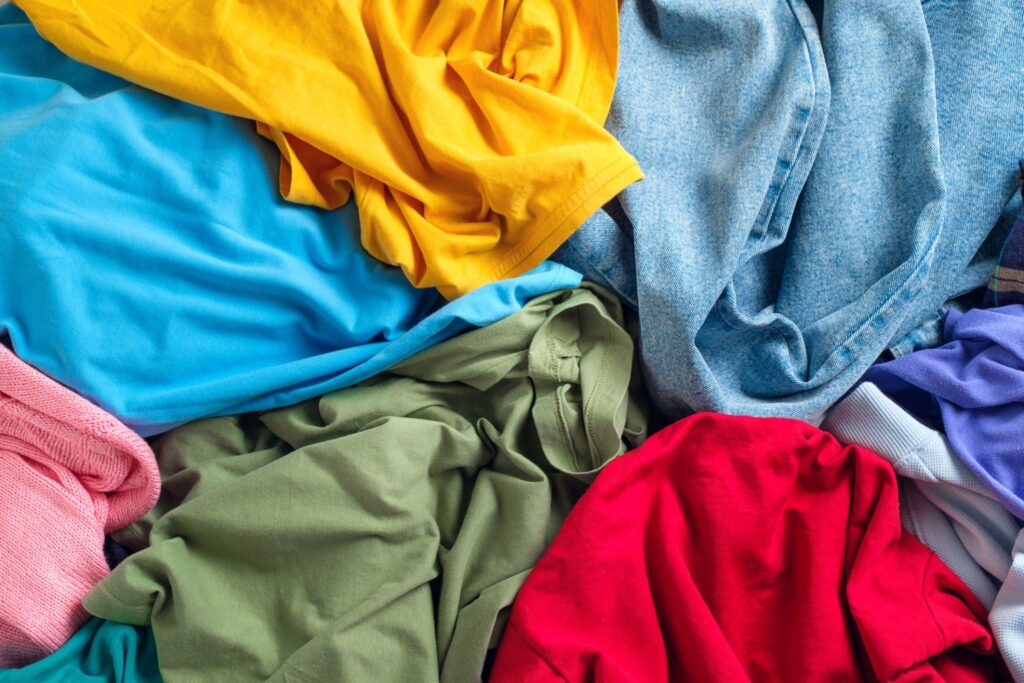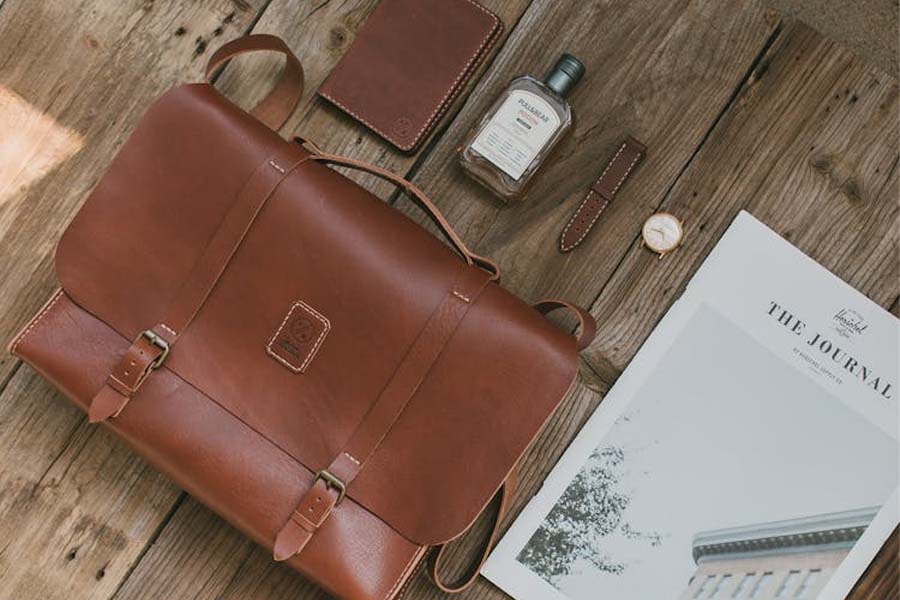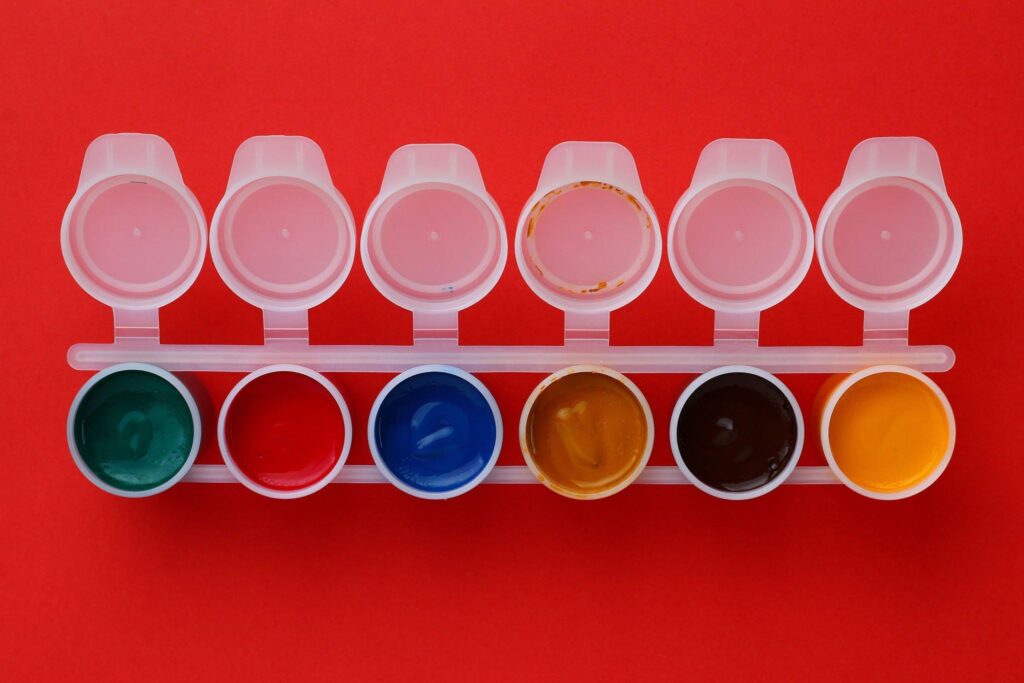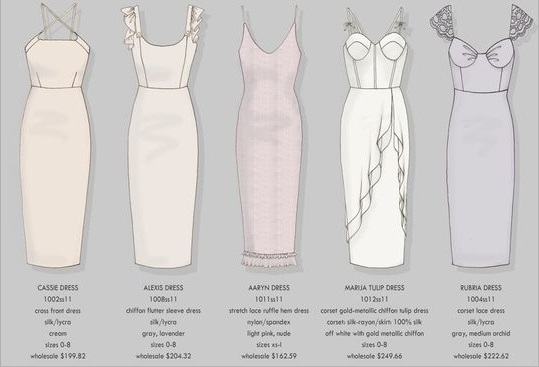On a chilly day, coats and jackets keep you warm, but the two types of apparel also differ greatly from one another. But when you consider it, why do you refer to a blazer or tuxedo top as a jacket but a down-filled ski coat is called a winter coat? What makes a coat different from a jacket when you compare the two?
What’s the difference between a jacket and a coat? The length of the jacket vs coat is the primary distinction between both. Coats typically reach the hips, whereas jackets either reach the waist or the hip.
Men and women use different kinds of outerwear, including coats and jackets. Mostly covering the wearer’s upper body offers protection from the cold. Additionally, both have a front opening and long sleeves. Additionally, it’s crucial to be aware that most languages use the terms coat and jacket interchangeably.
What Is A Coat?
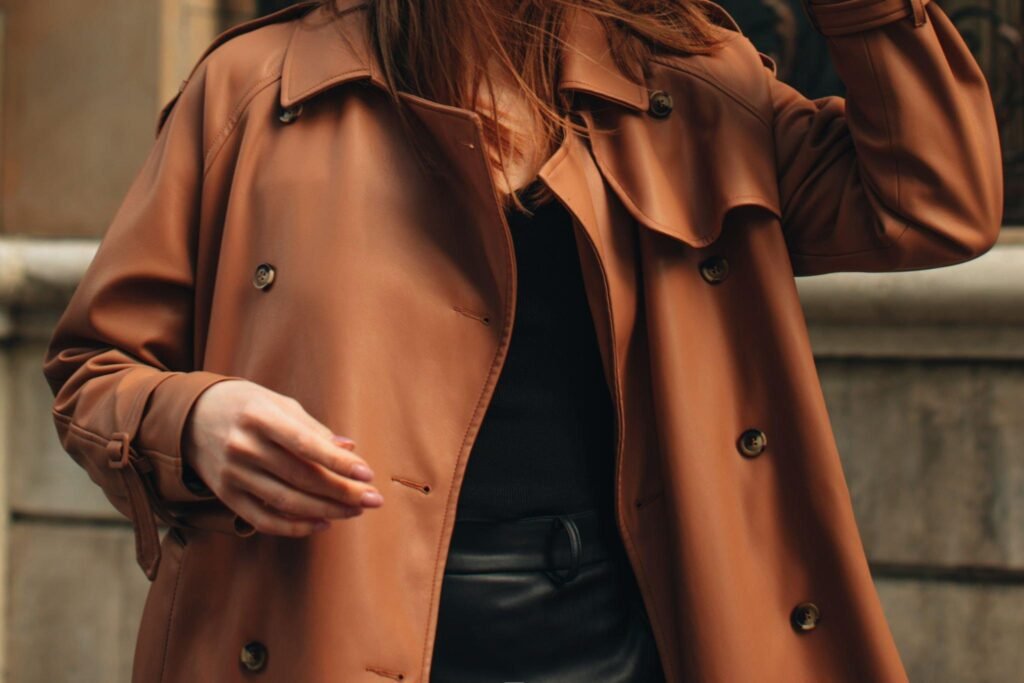
A coat is an outer layer that often has sleeves that reach the hips. It gives protection from the cold by covering the upper body. Outdoors, we typically don coats. Typically, coats feature a front opening and long sleeves. They can be fastened with belts, hook-and-loop fasteners, zippers, buttons, toggles, or any combination of these. Additionally, hoods, shoulder straps, and collars can be found on coats.
Men and women both wear coats. They work for both formal and casual gatherings. There are various coat varieties. Modern coat varieties include pea coats, trench coats, raincoats, duffel coats, Chesterfield coats, and more. In most countries, the terms name coat and name jacket are synonymous. But because they extend below the hips, jackets are normally longer clothing. They are often constructed from materials that are strong and dense.
What Is A Jacket?

A jacket is an outer layer that reaches the hips or waist. Your upper body is the only part they cover. Normally, jackets have a front closure and sleeves. They are frequently less insulating and lighter than coats. They frequently fit more closely than coats as well. The fabric used to make jackets is smooth and comfortable to the touch.
You can stay warm and weatherproof by wearing a jacket. Some jackets, however, are just lightweight layering garments for the weather with moderate temperatures. Denim jackets, as an illustration. They are appropriate for casual occasions like visiting the market, hanging out with friends, and even going to parties. A jacket without sleeves is referred to as a vest.
What Is The Difference Between A Winter Coat And A Jacket?

A winter coat frequently has a greater length than a jacket and always employs a heavier, more insulating fabric, which is the fundamental distinction between the two. However, there is some overlap in the terminology, as you can see from earlier in this article, where items like puffer coats are occasionally referred to as ski jackets rather than ski coats.
There are several types and designs of winter coats vs jackets. Depending on the type of cloth used to make the coat, some of these, like a wrap coat, may border into jacket territory. A wrap coat made of strong wool, for instance, is a coat, yet a wrap coat made of light linen might be considered a jacket!
The Difference Between A Jacket And A Coat?
The main distinction between coats and jackets is that the former typically offer less insulation and are shorter in length. Jackets and blazers may have a more decorative purpose and can also be worn indoors, whereas coats are always used as outerwear. Coats frequently use heavier materials than jackets do.
There is no hard-and-fast fashion rule that differences between jackets and coats, but there are distinct differences in how these two categories of clothing are typically categorized.
Length
The length is the most evident difference between a jacket and a coat because coats frequently have a longer length than jackets.
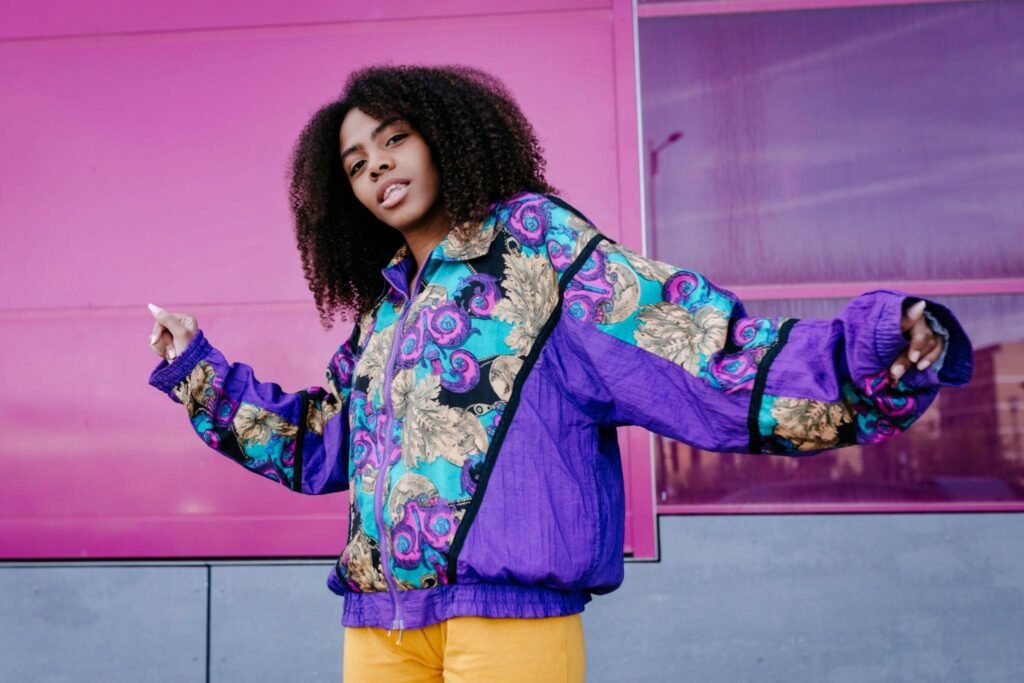
Jackets typically finish at the waist or just below it and are shorter in length. However, most coats fall at least to the hip. However, certain coats may finish at the waist, such as a down-filled puffer coat. Some coats, such as wrap coats, and trench coats are long enough to reach the ankles!
It is clear why this is the case. Coats should keep you as warm as possible in chilly weather. You should therefore wear a garment that covers more of your body.
While providing some warmth, jackets can also be used as an indoor custom clothing company. For example, picture a high school football hero sporting a varsity jacket.
Material Type

Materials like denim, leather, wool, cotton, or polyester are widely used by jacket manufacturers. Many of the same fabric types can be used for coats, although these garments frequently have a thicker weave or extra layers of insulation in between the coat and the liner.
Additionally, you see coats and jackets lined with imitation sheepskin shearling or made of fleece.
Coats and jackets frequently have several layers of fabric. These include the shell, the fabric’s exterior layer, its filling, and the lining of the garment. Most coats and jackets also include lining-material pockets, and some even have hoods or styled collars.
What kind of fabric a coat or jacket will be made of is frequently determined by its style. For instance, a peacoat is almost always made of wool, whereas a raincoat is typically made of a synthetic material that resists moisture, such as nylon or polyester.
Usually, a suit jacket is made of pricey wool or less expensive synthetic polyester that is made to seem like wool. A varsity jacket typically has felt inside, whereas a denim jacket is made of jean fabric.
Material Density

The biggest distinction between most coats and jackets, other than the length of the garment, is the weight of the cloth used. Heavy materials are used in coats, such as thick wool or numerous layers of insulating filling. Most of the time, less filling and lighter, thinner materials are used in jacket construction.
Winter coats frequently employ wool that weighs between 14 and 19 ounces per square yard, whereas the fabric used in a normal wool suit for the workplace only weighs 9 or 10 ounces per square yard!
Some coat styles use a light, silky cloth as the shell, such as puffer/down-filled winter coats. But in this instance, the garment adds a substantial layer of filler between the shell and the lining to make up for the lack of a hefty material.
Clasp Style

The sort of fasteners on coats and jackets are frequently the same, while jackets employ zippers significantly more frequently than coats.
The central front of jackets frequently has a zipper. However, several jacket designs feature a button closing; for example, consider blazers and suit jackets.
Some coat designs, such as parkas and coats stuffed with down, feature zippers. On the other hand, more formal types like peacoats, overcoats, and trench coats frequently include button fastenings.
The less typical closures, such as snaps, toggles, or velcro, can also be seen on coats and jackets.
Sleeves

The majority of jackets and coats always feature sleeves. Yet another significant distinction between the two forms of clothing is that some jacket styles may not have sleeves.
Technically speaking, a gilet is a very popular style of sleeveless jacket. It’s commonly known as a vest or a ski vest in American English. This appears to be a simplified version of a down-filled winter coat without sleeves!
What distinguishes a gilet from a sleeveless coat as a garment without sleeves? Other than the fact that this particular vest style usually stops at the waist, there is no obvious solution. Generally, shorter lengths place a garment in the jacket category as opposed to the coat category.
Fit
Typically, jackets fit much more snugly and closely than coats. You always use a coat as outerwear, layering it over other apparel, which results in a different cut. Jackets are typically worn over other clothes, although they can also be worn indoors or as a component of an outfit as opposed to being used solely outside and removed upon returning indoors.
Jackets, including varsity jackets, bomber jackets, suit jackets, and blazers, frequently function as a key component of a look. Contrarily, a peacoat may match your attire well but is left hanging up after you get to work or home.
Warmth
Jackets don’t provide as much insulation or warmth as coats do. Because of this, coats are more suited for wearing outside in cold conditions, whereas jackets are more useful inside or out and can offer a small degree of warmth in a variety of temperatures.
For instance, in the transitional months of fall and spring, jackets are useful. Depending on the type of jacket, they can also be used as an extra layer indoors in many seasons.
Heavy fabrics and numerous layers are used in coats. They can only be used outside due to this. You can locate temperature ratings on some products if you’re looking for a coat for challenging outdoor activities like winter camping.
However, because of recent research showing that factors such as body type and even the kinds of activities you engage in can affect how well a coat insulates you, some coat makers no longer provide temperature ratings.
Style
There are many popular coat and jacket difference styles available, and there is some crossover between them. Raincoats and rain jackets are two examples. Lightweight wrap jackets or wrap coats in the same style are readily available.
However, there are also numerous diverse differences between coat and jacket styles to choose from.
Bomber jackets, denim/jean jackets, leather jackets, varsity jackets, suit jackets, blazers/sports coats, and tuxedo jackets are the most popular types of leather jackets.
Parkas/anoraks, peacoats, puffer coats, and trench coats are common coat designs.
Which Is Better, A Jacket Or A Coat?

Both coats and jackets are items I own and frequently wear.
Due to the aforementioned difference between a coat and a jacket, I bring each one out at different times of the year and pair it with a variety of outfits:
In the late spring, summer, and early fall, when it is chilly enough to merit a second layer, I wear jackets.
I tend to dress more casually at this time of year, frequently donning trainers and t-shirts. As a final touch, I dress in Harrington, bomber, and leather jackets, all of which are lighter weight, breathable, and simple to wear than a regular jacket but still perfectly complement the aesthetic and climate.
Overall, relaxed, mid-to-warm climatic settings are better suited for coats.
For warmth and insulation, I wear coats in the late fall, winter, and early spring. A coat not only combines nicely with my more formal winter attire, which typically comprises Chelsea boots and turtlenecks but also offers better useful insulation thanks to its thicker and tighter woven fabric.
I occasionally put lighter-weight coats over other layers in the winter or use them as an outer layer. Winter formal settings are better suited for coats.
Although it is primarily common sense, in my opinion, this method of wearing them effectively distinguishes between the two.
Difference Between Jacket And Sweater
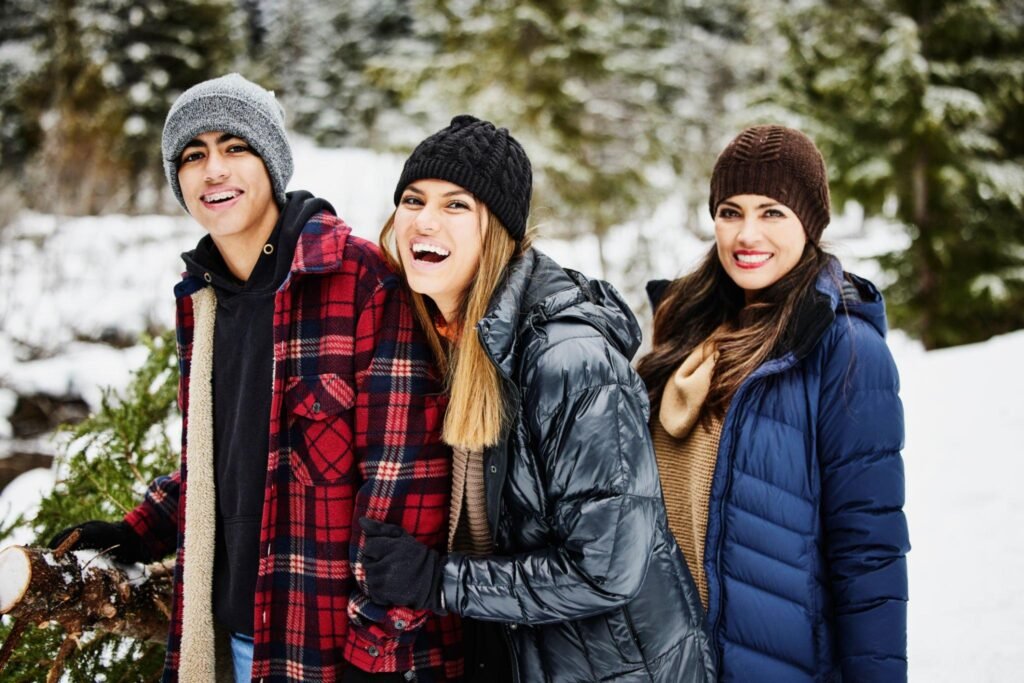
What is the difference between a sweater and a jacket? Let’s compare them based on their weight, how they open, and how they were made.
Although certain sweaters can be worn with the front opened, most are worn over the head and have a variety of necklines, including rounded, V-neck, and turtleneck. On the other hand, jackets always have an open front and, if they are intended for informal wear, a zipper or buttons to close them.
Sweaters are knitted goods made of wool, a wool blend, or a wool replacement. A variety of finer fabrics, including nylon, fleece, woven wool, and wool blends, are used to make jackets.
Due to their design for more utilitarian use, such as sportswear, jackets are frequently lighter than sweaters. On the other hand, a winter jacket is made to be warm and may even be waterproof. It will also likely be heavier.
Final Words
The main distinction between coats and jackets is that the former is longer and the latter is cut off at the waist. Additionally, compared to most jackets, coats have warmer fabrics and offer better insulation. While most jackets can be worn comfortably indoors, coats are also used as outerwear and are suitable for outdoor activities.
In certain cases, coats—particularly peacoats or wool winter coats—have a more formal look than jackets. Trench coats, wool, down-filled or wrap-style winter coats, and peacoats are a few common coat designs. Suit jackets, blazers, and denim jackets are some common types of jackets.
In the end, it won’t matter, but at least you know now!

